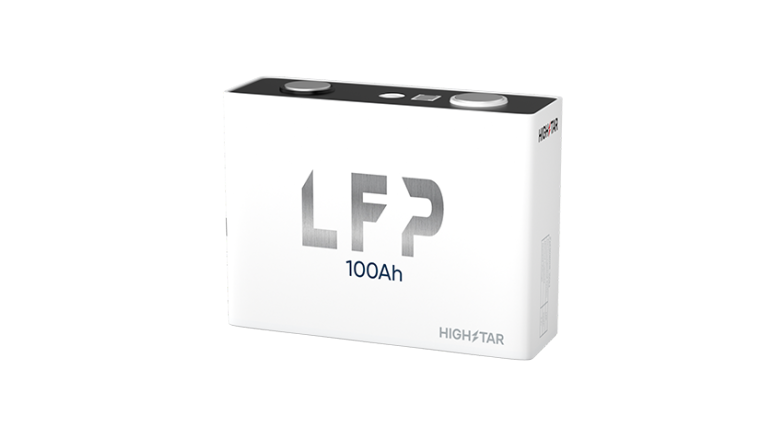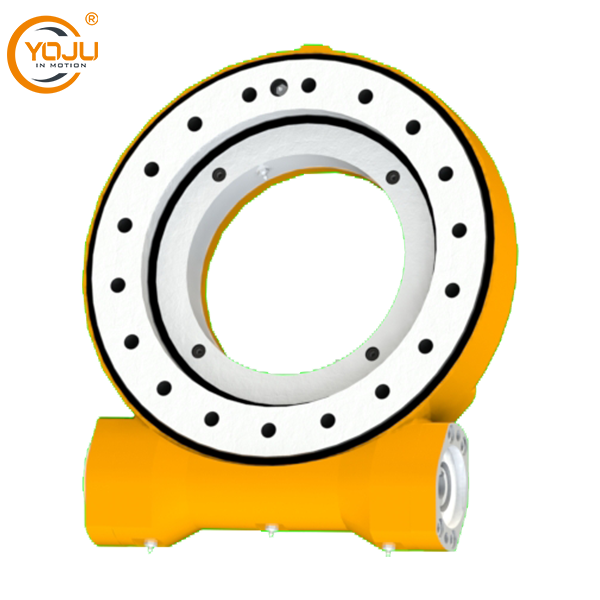The Art of Distinction: Mastering the Eye Test for Authentic Diamonds at Home
When it comes to purchasing or owning a diamond, the allure of its brilliance and rarity is undeniable. However, the market is rife with imitations and synthetics, making it essential for consumers to discern genuine diamonds from their lookalikes. While professional gemologists have access to advanced tools, many individuals seek to identify real diamonds using simple methods at home. In this article, we will explore various techniques to help you determine the authenticity of a diamond by eye, ensuring you can confidently assess your precious stones.
Understanding Diamond Characteristics
Before diving into the methods of identification, it’s crucial to understand the fundamental characteristics that define a real diamond. Diamonds are renowned for their exceptional hardness, brilliance, and fire. The key attributes to consider include:
- Brilliance: The amount of light that reflects off the diamond.
- Fire: The dispersion of light into various colors.
- Scintillation: The sparkle produced when the diamond is moved.
- Hardness: Diamonds are the hardest known natural material, rated 10 on the Mohs scale.
Techniques to Identify Real Diamonds at Home
- The Water Test
One of the simplest methods to test a diamond's authenticity is the water test. Here’s how to perform it:
- Fill a glass with water: Use a clear glass and fill it to the brim.
- Drop the diamond into the water: If the diamond sinks to the bottom, it is likely real. Fake diamonds, especially those made of glass or plastic, will often float or hover just below the surface due to their lower density.
- The Fog Test
The fog test is another straightforward method that can be performed easily:
- Breathe on the diamond: Exhale gently onto the surface of the stone.
- Observe the fog: A real diamond will disperse the fog almost immediately due to its thermal conductivity. If the fog lingers for a few seconds, it may indicate that the stone is a fake.
- The Scratch Test
While this method should be approached with caution, it can provide insights into the diamond's authenticity:
- Choose a hard surface: Use a piece of glass or a ceramic tile.
- Gently scratch the surface: If the diamond leaves a scratch, it is likely a fake, as real diamonds will not scratch easily. However, be aware that this method can damage the stone, so it’s best used as a last resort.
- The Light Test
Real diamonds exhibit unique optical properties that can be observed under light:
- Examine the sparkle: Hold the diamond under a bright light source. A genuine diamond will reflect light in a way that creates a brilliant sparkle, with flashes of color (fire) visible.
- Check for inclusions: Use a jeweler's loupe or a magnifying glass to inspect the diamond closely. Real diamonds often have natural inclusions (blemishes), while synthetic stones may appear flawless.
- The Newspaper Test
This test is particularly effective for assessing the diamond's transparency:
- Place the diamond on a newspaper: Lay the stone flat on a piece of printed text.
- Observe the text: If you can read the letters through the diamond, it is likely not a real diamond. Genuine diamonds will refract light in such a way that the text appears blurred or obscured.
Additional Considerations
While these tests can provide valuable insights, they are not foolproof. Some high-quality imitations may pass these tests, and certain conditions can affect the results. For instance, lighting conditions and the cleanliness of the diamond can influence how it appears during these assessments.
If you are still uncertain about the authenticity of your diamond after conducting these tests, consider consulting with a professional gemologist. They possess the expertise and tools necessary to provide a definitive evaluation.
Conclusion
Identifying a real diamond at home can be an engaging and informative process. By employing these techniques, you can gain confidence in your ability to distinguish genuine diamonds from imitations. While these methods are practical, remember that they are not substitutes for professional appraisal. Ultimately, understanding the characteristics of diamonds and utilizing these tests will empower you to make informed decisions about your jewelry investments.




